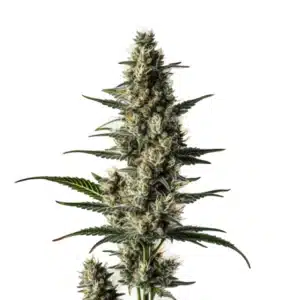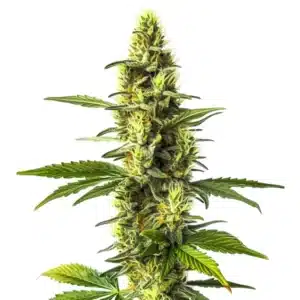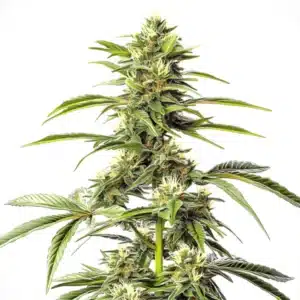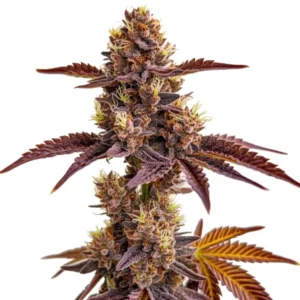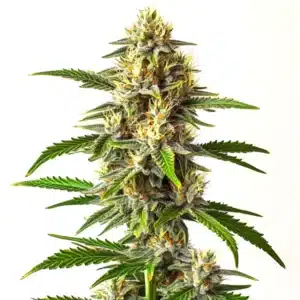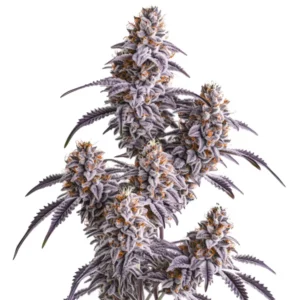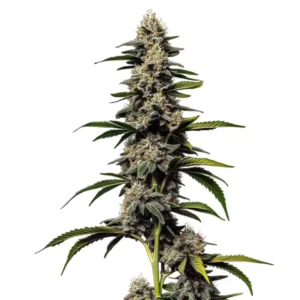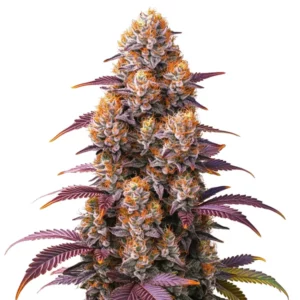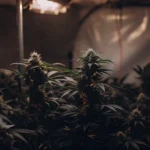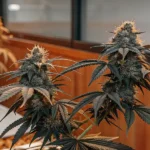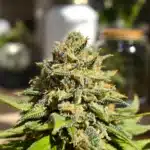
The Breeder’s Gold Dust: A Guide to Weed Pollen
Let’s talk about the other, often forgotten, half of the cannabis equation. We spend all our time and energy focused on the beautiful, resinous female flowers, but without the male plant, there is no future. There is no next generation.
Today, we’re talking about pollen. The breeder’s gold dust. It’s the key to creating new and exciting strains and preserving legendary genetics. But it’s also a powerful, almost dangerously potent substance that needs to be handled with the utmost respect.
Recommended Strains
Lemon Auto
|
|
THC | 17% - 25% (Medium) |
|
|
Type | Autoflowering |
|
|
Yield | Low |
|
|
Phenotype | 40% Indica / 60% Sativa |
Amnesia Lemon
|
|
THC | 18% - 21% (Medium) |
|
|
Type | Feminized |
|
|
Yield | Medium |
|
|
Phenotype | 40% Indica / 60% Sativa |
First Things First: Where Do You Get Pollen?
Let’s clear up a common misconception. You don’t just go online and buy pollen like you buy seeds. It is incredibly difficult to find pollen for sale. The market is tiny, and you usually have to connect with specialized breeders in private forums, mostly in Europe, to even have a chance.
For 99% of us, if you want to work with pollen, you have to create it yourself. And that means you need to start with regular (non-feminized) seeds. You’ll grow these out, and then you need to become an expert at identifying the male plants from the females. Once you have a strong, healthy male, you can collect its pollen. You can even keep a “stud” male as a mother plant to take clones from and preserve its genetics.
Promos & Deals
The Harvest: The “Bag and Shake” Technique
Okay, so you have a beautiful male plant, and its little, grape-like pollen sacs are mature and just about to burst. How do you collect all that fine, yellow powder without it getting everywhere?
Here’s the classic, old-school technique:
- Carefully and gently place a large plastic bag up and over the entire hanging plant or the main flowering branches.
- Seal the opening of the bag around the stalk with your hand or a zip tie.
- Now, shake and tap the plant vigorously. This will cause the pollen sacs to burst and release all of their gold dust safely inside the bag.
- You can then carefully remove the bag, and you have your collected pollen. You can use it immediately, or you can carefully collect it, make sure it’s completely dry, and then freeze it at around -4°C (25°F) for long-term storage.
The Danger: Treat Pollen Like It’s Radioactive
I am not kidding about this. You must treat cannabis pollen with extreme care. It is incredibly fine, light, and designed to travel. A single, careless mistake can have huge consequences.
- It can travel for miles. A small amount of pollen released into the wind on a breezy day can potentially travel for kilometers.
- You can ruin your own crop. If you get even a few grains on your clothes and then walk into your female flowering room, you risk pollinating your entire harvest.
- You can ruin your neighbor’s crop. If you have other growers in your area, releasing pollen outdoors is a massive sign of disrespect. You could ruin their seedless “sinsemilla” harvest.
Always work with pollen in a still, enclosed area, away from any fans or drafts. Wear different clothes. Be meticulous.
What Happens When You Use It?
So you’ve carefully taken a small paintbrush and dabbed some pollen onto a few pistils of a flowering female plant. What happens next?
A common myth is that the bud just stops growing. That’s not true. The flower or bud will continue to develop just as it would have, but now, it will be full of seeds. The plant’s energy shifts from making more resin to making the next generation. After 4-6 weeks, you can harvest those buds and collect your new, unique seeds. That is the art of breeding.
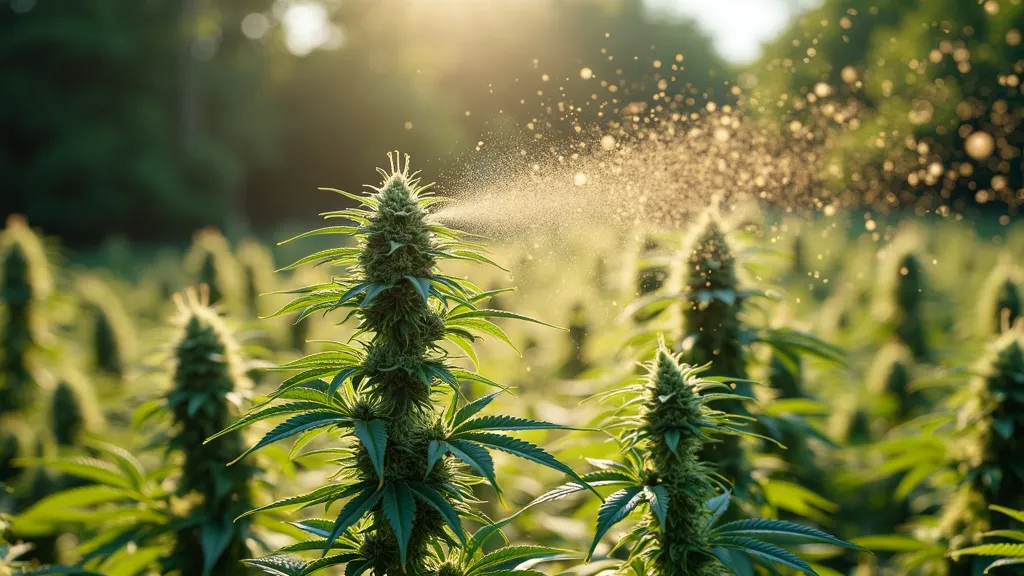
Frequently Asked Questions
Where can I buy cannabis pollen?
It is very difficult to find pollen for sale. Unlike seeds, it is not a common commercial product. The vast majority of people who work with pollen collect it themselves by growing male plants from regular, non-feminized seeds.
What’s the best way to collect pollen from a male plant?
The safest and most effective method is the “bag and shake.” Carefully cover the flowering branches (or the whole plant if it’s been chopped) with a large plastic bag, seal the bottom, and then shake the plant vigorously to release all the pollen inside the bag.
Is cannabis pollen dangerous?
To your health, no. To a cannabis harvest, it is extremely “dangerous.” It is incredibly light and can be carried by the wind for miles. A small, accidental release can pollinate your entire crop (and your neighbor’s), turning your potent, seedless buds into flowers full of seeds. It must be handled with extreme care.
Does a pollinated female plant still produce buds?
Yes. The flower structure (the bud) will still form, but the plant’s energy will be redirected. Instead of becoming dense with resin, the calyxes of the flower will swell to create seeds. You’ll harvest a bud that looks similar, but it will be full of seeds and significantly less potent.


